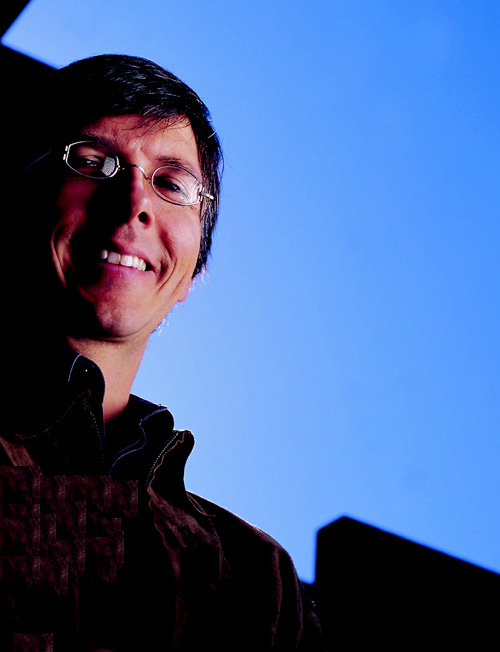Smart People
The intent, according to Hayward, is to create an economic model that drives both service and product volume through single facilities to create scale and produce viable long-term profitability. But to do that, Hayward naturally will be competing with the best segment suppliers in its markets. The company wants at least a 50 percent share of the cabinet, window, door, and truss markets in its area, and executives believe they can hit it over time. “It takes us into completely different business models because we are no longer competing like lumberyards, we are competing like specialty suppliers,” says COO Ken Frank. “If we are going to compete in the window segment and get a 50 percent share, we need to be as good as or better than the guys who only sell windows. We can’t just have a window guy [on staff].”Other window business cornerstones identified by the company include field repair service and manufacturing capability for special orders.
On the door front, Hayward is committing resources to the sales team to bolster market share in the segment, including leveraging technology to improve ordering for sales staff and builder customers alike. “We spent the better part of this year writing a program we call eGress,” says Hayward. “Fifty thousand lines of code and we have streamlined that door ordering process.”
Hayward estimates the company is roughly halfway to its market share targets. In doors, windows, and trusses, market shares are around 25 percent with cabinets at approximately 17 percent company-wide. Not yet dominant shares, but big steps for a company that was only doing a couple hundred grand a year in these segments just seven years ago. “Now we’re at the point where we are doing a couple of million in those products out of a single facility, and that’s where you need to be,” says Hayward. “Our future, as I see it, is to really perfect our model around selling all of these segments to the builder in a way that provides value to them, and then over time make strategic acquisitions of other lumberyards where we can bring this whole set of services and abilities to the base sales of a lumberyard we might buy.”
In addition to developing progressive best practices, the company also hopes to garner a larger sustainability commitment from LBM dealers, builders, and consumers alike. Ultimately, the links between market leadership, industry leadership, and global leadership at Hayward are intrinsic ones. “We use leadership as a way to change public and customer perception,” says Hayward, who roundtables with the Line Yard Group, the Central Coast Home Builders Association, and the Green Building Alliance in addition to hosting meetings of the American Cancer Society and the Santa Maria Board of Supervisors at Hayward facilities. “There are other things we can be discussing and cooperating on,” he says. “We have other common interests besides price and product, and taking leadership positions within and outside of the industry has been very important to us in that regard.”
According to the sustainability model, businesses thrive and are successful by creating profitability and by promoting respect for vendors, for customers, for employees, and for the planet so everyone now and in the future is fairly taken care of. According to the sustainability-minded companies they touch both large and small, Hayward reaches with every transaction to exemplify those qualities. “Hayward is showing by example that you can operate a company devoted to sustainability and make money off of it,” says John Swearingen, owner of Skillful Means, a green builder operating in ultra-custom Monterey, Napa, and Modesto markets.
Swearingen, who bought the first set of Hayward FSC-certified trusses built by the power of the sun, says the Hayward story can only help to shine a brighter guiding light of sustainability on LBM supply as a whole. “Hayward is the best example of what a supplier can become,” he says. “They are a great example of what is coming from progressive corporate leaders.” Indeed, with demonstrated success on embracing people, planet, and profits from product sourcing to manufacturing to display, design, and sales, Hayward just might be the company of the future—in this industry or any other.
Vital Statistics
- Company: Hayward
- Year founded: 1919
- Headquarters: Monterey, Calif.
- Number of locations: 12
- Number of employees: 432
- 2003 gross sales: $130 million
- Pro sales percentage: 88 percent




